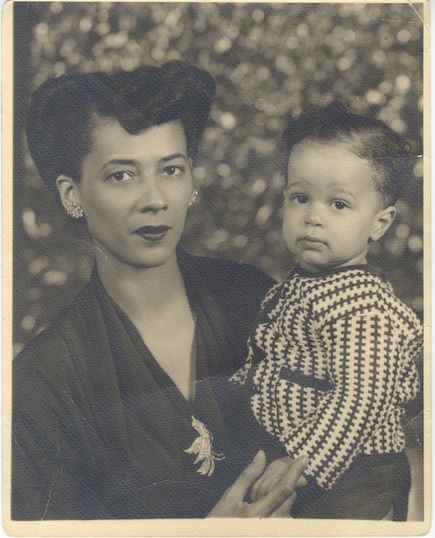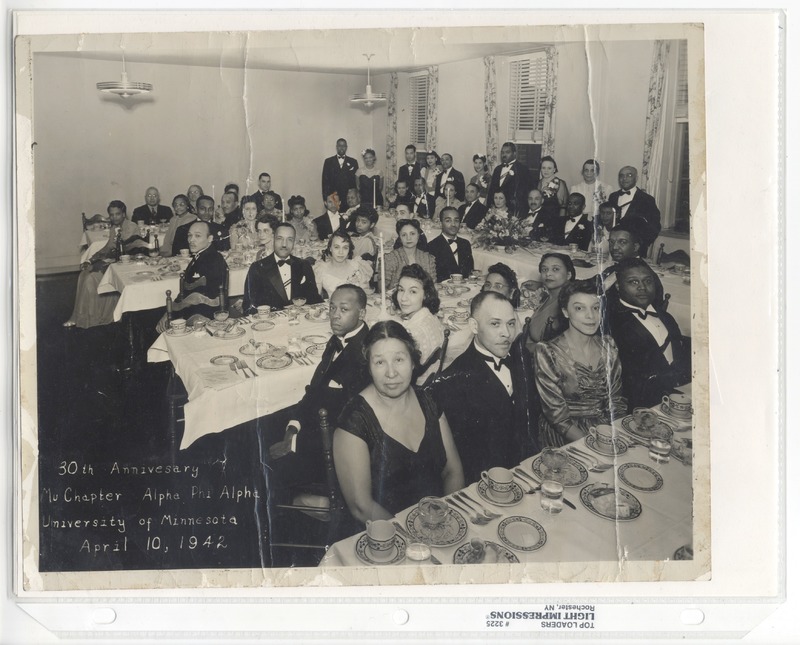Raised the Rondo Way
In this exhibit, artifacts from the Remembering Rondo History Harvests are brought together to examine the meaning of family and social institutions. Family and community institutions, such as the Hallie Q Brown and churches,gave opportunities to Rondo residents that they were originally excluded from because of their race. Tales of success despite systematic oppression sometimes fail to highlight the incredible assistance of community structures. The artifacts brought to the History Harvest showed evidence of three different sectors of organized social support that assisted life in the Old Rondo community: family, women’s organizations, and general social institutions.
In the “A Clan, A Network, A Tribe, A Family” section, History Harvest artifacts indicate the importance of family to Old Rondo residents. This section shows that families can exist within and beyond the typical nuclear family, by providing a support system within the greater community. The “Social Institutions” section examines the impact of a variety of groups such as social clubs, churches, community centers on the Old Rondo neighborhood and its residents.The final section in this exhibit takes a deeper look into the social institutions and elaborates on how they influenced women specifically. The “Women who Made Rondo” section explores how large social institutions, like the Hallie Q. Brown Center, and clubs and leagues, worked to empower women in Old Rondo. Supplemental readings are used alongside artifacts from the History Harvest to highlight significant Old Rondo residents and explore their personal relationships with these various institutions. All three sections use books and articles written by Rondo residents and scholars to make deeper connections between the artifacts and the theme of social support networks. The exhibit illuminates some of the factors that made Old Rondo a unique environment in which racial divides of Minnesota did not apply. It shows how residents were raised the Rondo way.

